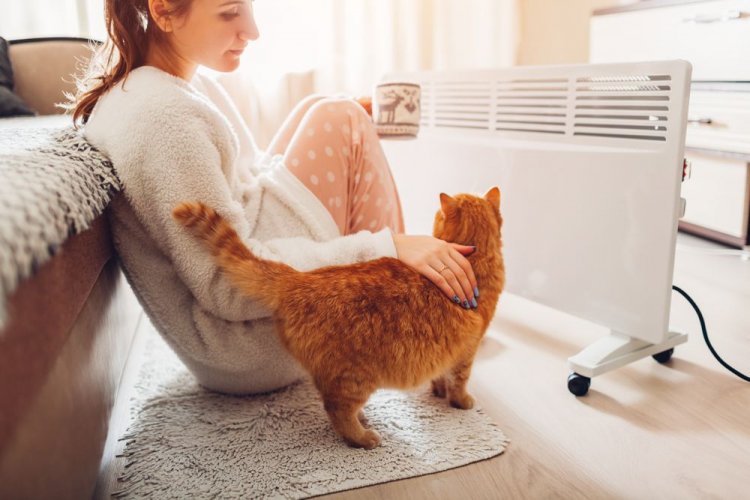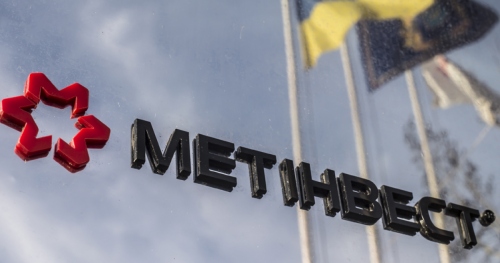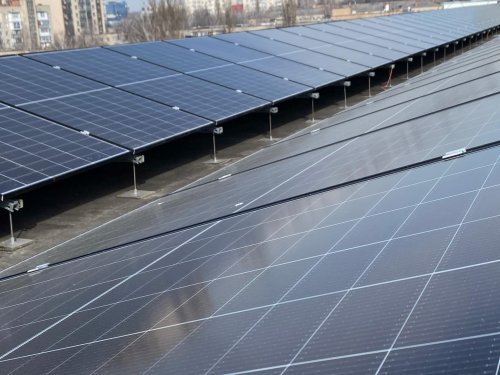Energy expert Gennadyi Ryabtsev compiled a list of advice for Ukrainians living in multi-apartment buildings with centralized heating, which will help prepare inexpensively for the difficult winter period.
These measures will help reduce energy costs, increase energy efficiency and reduce personal impact on the environment, Ryabtsev writes on Facebook.
He emphasized that it is not necessary to give up the existing energy and heat supply, so as not to exchange a needle for soap, but to provide yourself with a backup source of energy.
The easiest choice is to install electric convectors that use forced rather than free convection. You can also buy a cheap fan heater, even with an open-type heating element (open coil). And if you use an oil convector, you should turn on the fan behind it so that the air in the room heats up faster.
How to reduce energy losses at home:
- make sure there are no gaps in the window frames;
If they are, you can install modern double-glazed windows, or treat the perimeter of the glass with silicone sealant and put a sealant in the frames. Foam strips can be replaced with modern seals.
- make sure there are no gaps in the places where the window sill is attached;
If there are, they can be filled with mounting foam.
- check whether modern double-glazed windows close tightly (whether you can hear the "street" when the window is closed);
If not, you should contact the company that installed them so that specialists can "tighten" them.
- hang blinds or thick curtains on the windows (which do not cover the batteries);
They must be opened during the day and tightly closed at night.
- stick heat-saving or cheaper packaging film on the window glass;
- install a heat-reflective screen on the walls behind the batteries, or a reflector made of aluminum foil and a sheet of packing cardboard;
- make sure there are no gaps between the door leaf and the door frames;
If they are, it is worth sticking a sealant around the perimeter of the door frames.
- cover the floor with carpets, at least in the rooms where you will spend the most time in the winter. This advice is most useful for apartments located on the first floor of the building;
- insulate the wall that freezes with styrofoam sheets sewn with plasterboard, cork wall tiles or cork wallpaper.
"At the same time, do not forget to carefully seal all seams and joints," Ryabtsev emphasized.
- if possible, install double doors at the entrance to the apartment, if not, cover them with dermantin, insulating the door leaf with insulation, glass wool, or foam.
In addition to keeping the heat in the apartment, you should also take care of the staircases and entrances.
The expert advised to check the presence of glass in all windows and replace the broken panes. If it is not possible to replace the glass, cover the windows with plywood. You can also treat the panes around the perimeter of the windows with silicone sealant, insert foam strips or other sealant into the frames.
You can also:
- install a thermal vestibule at the entrance (double doors). If there is a gap under the door, you should make a threshold and move the doorway lower;
- stick a sealant around the perimeters of doors in the basement and hatches in the attic;
- renew the layer of expanded clay filling or other heat insulator in the attic;
- check whether there is thermal insulation of pipes, fittings, boiler in the domestic heating station.
"It is not necessary to insulate each faucet - you can close the entire node with a "bag". The most economical option for insulating the boiler is old blankets," Ryabtsev explained.
- external to insulate the walls.
The expert noted that up to 60% of all useful heat is lost through the walls. Unfortunately, the insulation of the walls gives the expected effect only if the insulation is not performed point by point (for a separate apartment), but from the first to the last floor. After all, along the floor slabs, where the insulation layer ends, the dew point temperature decreases sharply. This leads to the condensation of moisture and the appearance of mold at the junction of the wall with the ceiling and the floor, not only in the insulated apartment, but also in the neighboring ones. Another problem is the wetting of the upper section of the insulating layer.
"And the last. Insulate not only the apartment, but also yourself. Checked. It helps," he added.
Earlier, EcoPolitic wrote, that President of Ukraine Volodymyr Zelenskyi signed the Law "On Amendments to certain laws of Ukraine on creating conditions for the introduction of complex thermal modernization of buildings" (draft law No. 6485), which simplifies housing insulation.
As EcoPolitic previously reported, in 2022 Rivne region, which is among the top three in terms of energy saving, plans to reduce fuel consumption by another 10%.





